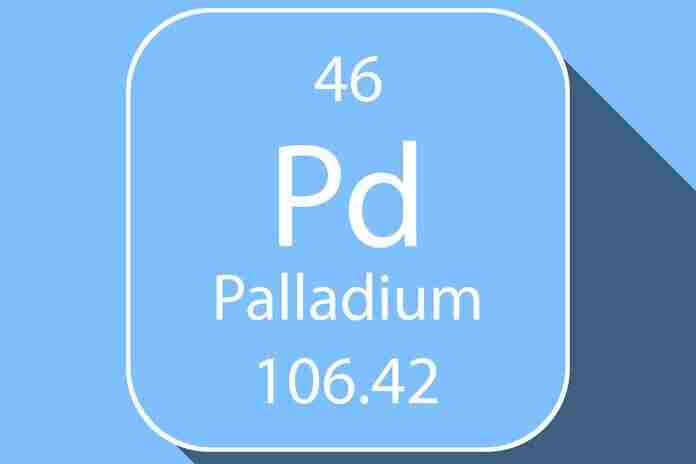In March 2022, NYMEX palladium futures reached a historic high of $3,380.50 per ounce. However, as of January 26, 2024, the price has tumbled by 71.3% to $969 per ounce, reflecting a challenging period for palladium. The PALL ETF, closely tracking palladium, experienced an 8.8% decline to $88.55 on January 29. The metal’s decline has continued into late January 2024, creating a bearish trend.
Performance in 2023
Palladium emerged as the worst-performing precious metal among those traded on the CME’s NYMEX and COMEX divisions in 2023. Starting the year at $1,798 per ounce, NYMEX palladium futures plummeted by 38.3%, settling at $1,109.30 on December 29, 2023. This decline contrasted sharply with the performance of other precious metals such as gold (+13.4%), silver (+0.2%), and platinum (-7.3%). Additionally, rhodium, not traded on futures, fared worse with a 62% drop in 2023.
End of a Bull Market
After a robust bull market from 2008 through 2022, the palladium market faced a reversal of fortunes. The metal’s price experienced an explosive rally, reaching a record high in March 2022 amid geopolitical tensions triggered by Russia’s invasion of Ukraine. However, palladium lost its upward momentum, dropping below $1,000 per ounce in late 2023 and January 2024 for the first time since 2018.
Critical Role of Russia
Russia stands as the primary global supplier of palladium, accounting for a significant portion of annual supplies, alongside South Africa. Together, they contribute 80% of the world’s palladium production. In 2022, worldwide palladium output totaled 210 metric tons, with Russia producing 88 tons and South Africa contributing 80 tons. The scarcity of palladium and platinum, both vital metals, combined with low participation in the futures market, results in limited daily volumes compared to more liquid commodities like gold and silver.
Industrial Demand
Palladium’s density and heat resistance make it indispensable in catalysts that cleanse the environment, particularly in automobile catalytic converters. In 2022, automobile exhaust systems consumed 82% of total palladium consumption. Industrial applications span dentistry, jewelry, electronics, hydrogen storage, surgical instruments, and more. The global palladium market experienced a supply deficit in 2022, likely covered by strategic reserve sales, particularly from Russia.
Volatility in Palladium Markets
Palladium’s lower liquidity in the futures market has contributed to extreme price volatility. Comparing open interest across precious metals futures markets, palladium has the lowest value, indicating its lesser popularity among traders. This lack of liquidity has fueled price spikes and declines. Illiquid markets, such as palladium, tend to experience heightened volatility, with prices sometimes deviating from fundamental and technical analyses.
Outlook and Investment Strategy
While the trend for palladium remains bearish in early 2024, there is potential for a significant price recovery when the metal finds its bottom. The author suggests being a scale-down buyer of palladium below the $1,000 level, utilizing the physical market and the Aberdeen Physical Palladium ETF (PALL), known for effectively tracking palladium’s price action through ownership of physical palladium bullion. This approach allows for flexibility to add further positions if the price experiences irrational declines. It underscores the cautious optimism and strategic approach required in navigating the complex dynamics of the palladium market.
Featured Image: Freepik









